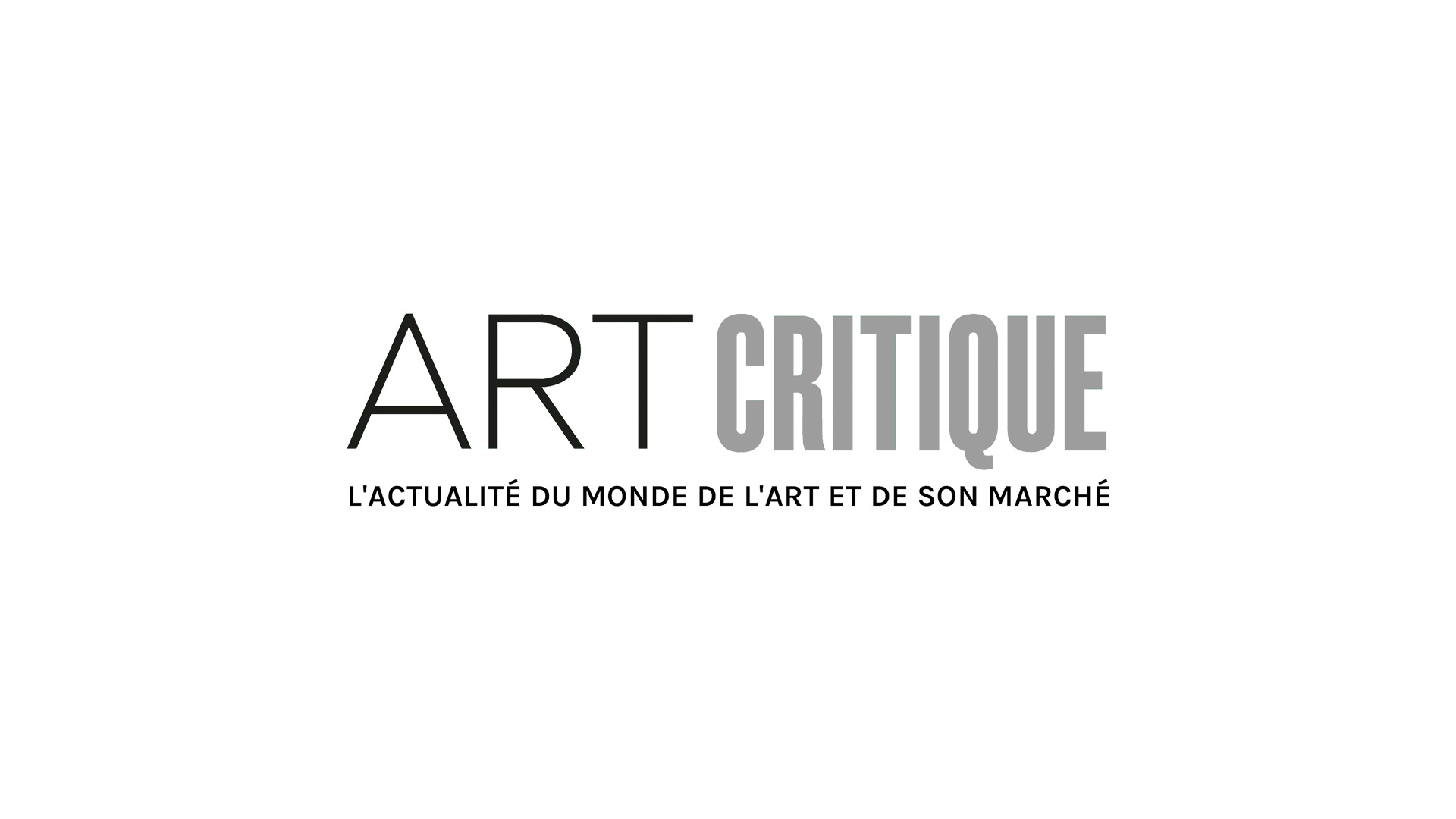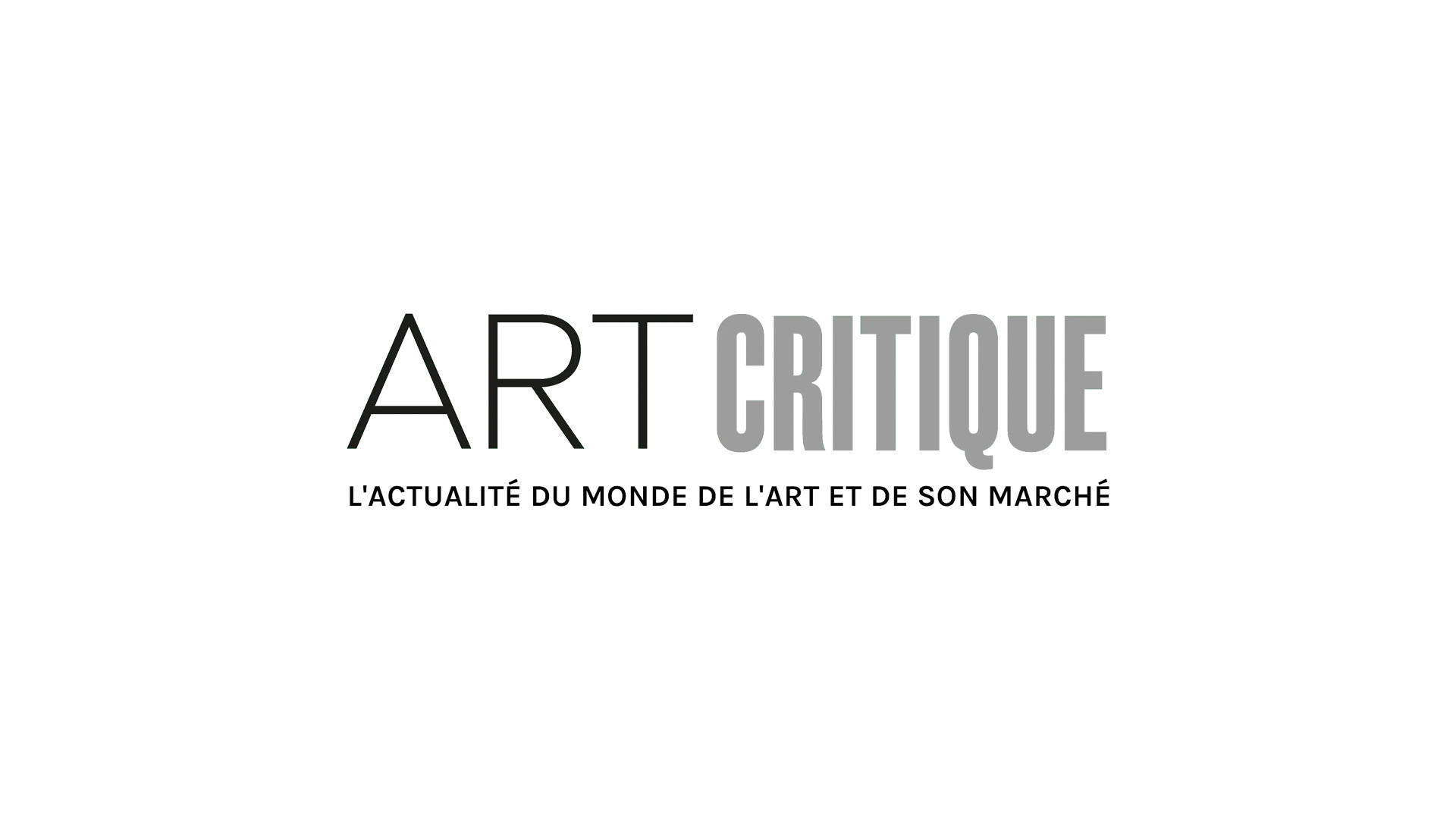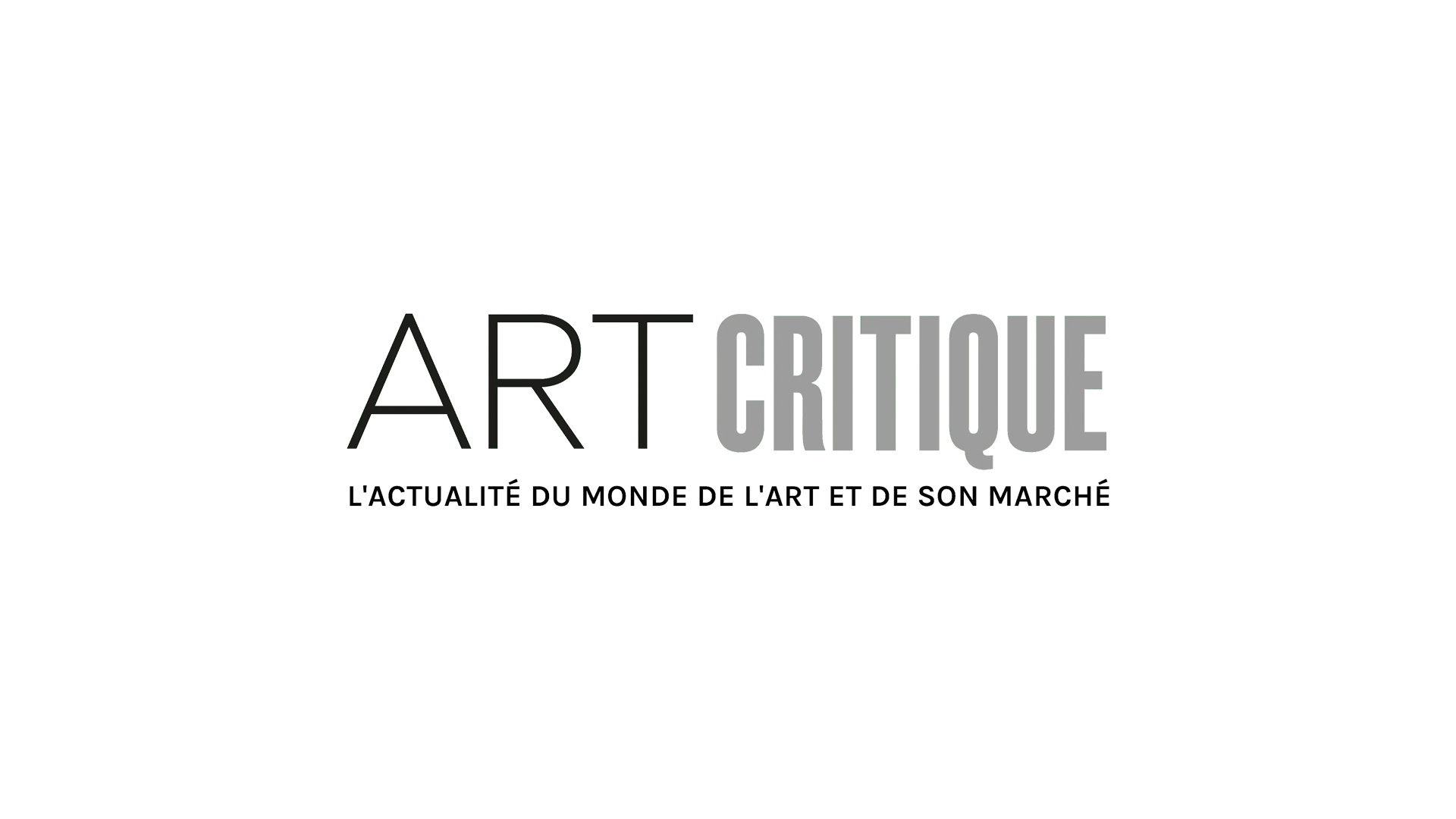Graphic novels innately cross the threshold between art and literature. Their style has been reflected by a number of artists over the years like Roy Lichtenstein whose blend of fine art and comic style has been inspired yet controversial to some. Another artist who has worked to unite art and the graphic novel is Italian illustrator Paolo Parisi and his latest publication featuring the famed Jean-Michel Basquiat (1960-1988).

Basquiat: A Graphic Novel (2019) features over 100 pages telling the story of Basquiat, a popular American artist of Haitian and Puerto Rican descent who began his career as an artist on the streets as a graffiti duo called SAMO who then hit the mainstream art world bringing street art to galleries and museums. Pasisi’s work starts with the artist’s untimely death before snapping back to Basquiat’s childhood and reliving much of his life. The reader sees Basquiat at age seven, when he was hit by a car – a moment that shifted the artist’s life. You then skip forward to when he is 18 and about to fast track into the limelight, which would eventually be a part of his demise. ‘Basquiat was a punk artist whose story is about breaking the canon of the creative process of art,’ Parisi said of the artist. ‘His life was very short but lived intensely.’
Throughout the novel, readers meet major players in Basquiat’s life and career including members of his family, his gallerist Annina Nosei, artist Andy Warhol with whom Basquiat developed a problematic friendship, curator Diego Cortez, Mary Boone, Larry Gagosian, and Suzanne Mallouk, Basquiat’s partner. The story, like most graphic novels, also presents villains, in this case in the form of Boone and Gagosian who pushed Basquiat into the throws of the 1980s art market and Warhol who abruptly abandoned the artists. Parisi doesn’t hold back with his thoughts on Basquiat’s demise.
In contrast to many graphic novels, Parisi sticks to a limited palette of red, yellow, green, and blue offering a colour-blocked look at the artist’s life that emphasizes the force of it all. Despite his restrained palette, Parisi is able to accomplish an array of emotions and moods. In the end, the somewhat minimalistic use of colour reflects better on Basquiat’s life allowing readers to focus in on what is happening. The story is punctuated by pseudo diary entries supposedly written by Basquiat allowing the reader inside of the head of the artist, too, as his life progresses. Parisi also acknowledges that throughout the novel, there are Easter eggs for those who pay close attention and might be familiar with specific works by Warhol and Bruce Davidson.
In the forward, Parisi states: ‘Basquiat wrote, drew, and painted compulsively, all the time, and everywhere.’ So, perhaps, this is the best way to honour the late artist in book form.





